We recently connected with Alicia Hauff and have shared our conversation below.
Alicia , appreciate you joining us today. Can you share an important lesson you learned in a prior job that’s helped you in your career afterwards?
Before taking the leap and starting my art business in the autumn of 2021, I worked for several years as a nurse practitioner in community health–carceral and homeless health. I cared ( and still deeply do) about holistic health, health equity, and system innovation. Every day, I showed up in the clinic to solve whatever issues for folks who walked in the door. My colleagues and I did the best with what we could. When burnout became an issue I couldn’t ignore, angry every day with compounded moral injury, my husband asked me–“Is it time? To do your art full time?” I realized I was so used to shouldering things that I forgot it wasn’t all mine to carry, that people change careers, and that all the investment in my nursing career was not a ‘waste.’ Every day, I show up for myself in my art career, doing my best with what I have. The qualities, skills, and science that made me a great nurse also make me a great professional artist. Nothing is wasted; it’s all relevant. Everything I’ve done in life and who I deeply am is shining now.


Great, appreciate you sharing that with us. Before we ask you to share more of your insights, can you take a moment to introduce yourself and how you got to where you are today to our readers.
My mother would tell you that I’ve been a studious, curious person since I was very young. My head was always in the clouds, yes, but in my head I was identifying and learning all the cloud shapes and types. I’m endlessly curious, and any kind of science is my jam. Healthcare seemed to offer my science-brain and big heart a great match; and it did for a decade. Then I witnessed the endless array of problems with our healthcare system and social determinants of health, and it became so maddening I couldn’t do it anymore. My own health was suffering. I had been doing mixed media art for many years, and even took government/economics one summer so I could have a painting class my junior year. Friends and family asked me to paint them things all my life. Starting an art business was always in the plans, it just happened much sooner than I imagined.
In the summer of 2021, Matthew, my husband, gently prodded me. “Do you think it’s time to quit and do your art?” It was like a gong went off. “What? I can’t do that!” But the more I thought about it, for weeks, the more I knew it was time. He outfitted this crappy storage room in his office building for me to lease, and by October 2021 I moved my oodles of art supplies to the new studio. It was weird, quiet, and a sudden realization of how lonely it can be in this work. I didn’t even know what kind of art I really wanted to make; the story of my life was, at the time, ‘what do I want? I don’t even know right now.’ I’d been following an artist in California who seemed to have it all figured out, having had a career change herself years prior. I learned she had taken a course that helped her hone what art she was meant to create. I ended up taking it, and it was the best thing I’ve done for my career so far. My work had started out as abstract, flowing, textured pieces, which I still enjoy. However, the sparks of joy still weren’t really flying.
Later that year I read two books that changed my trajectory: “Braiding Sweetgrass” and “Make Ink.” They changed my worldview and connected me to the Land in ways that I cry about in my alone time. I started foraging outdoors for plants to make ink with, and this put ethical harvesting/land connection front and center. I began researching/getting to know them, growing a few from seed, and thought about how they could be brought into my work. I found a state guide to native wildflowers, and it was a eureka moment. I’d been thinking about working on raw canvas and bringing back some realism/drawing to my practice. This was the way; I created two series of wildflower paintings this year (2023) with focus on the ecology of the prairie. I painted swaths of fluid acrylic colorways and drew the wildflowers on canvas, providing folks with natural history/ethnobotanical information for each wildflower. This summer, I began working outside with the plants, listening to the Land guide me. I drew as many flowers as I could in proximity to them, either outside or bringing a stem into the studio to draw. I also started painting on paper with my natural inks and turning some of them into pigments to paint with. The trajectory of my work now is to work with pigments I create or forage, with safe and ethical practices.
I currently create works on canvas in series, small natural ink works on paper, inks for sale, and prints with plants. All of my work is connected to the Land; the Land holds spirit, memory, and kinship with other-than-human beings is the heart of what I do. Folks tell me how soothing and beautiful my work is, and I realize, art can definitely heal. In healing our relationship with the earth, we heal ourselves as well. I can only be proud of showing up consistently, deep listening, tending, staying curious, and being humble. As I continue to expand my work and horizon line, I check in regularly with my nervous system and heart. I keep working towards sustainability, listening more deeply to the Land, reverence and gratitude, and true reciprocity. I’m meticulously mindful with regard to the quality of what I make and offer, and small businesses can really do great things. I celebrate the ecology of roots and home, and consider my work a mark of place, time, and material. I don’t take anything for granted and keep showing up every day. Thank you for the support!
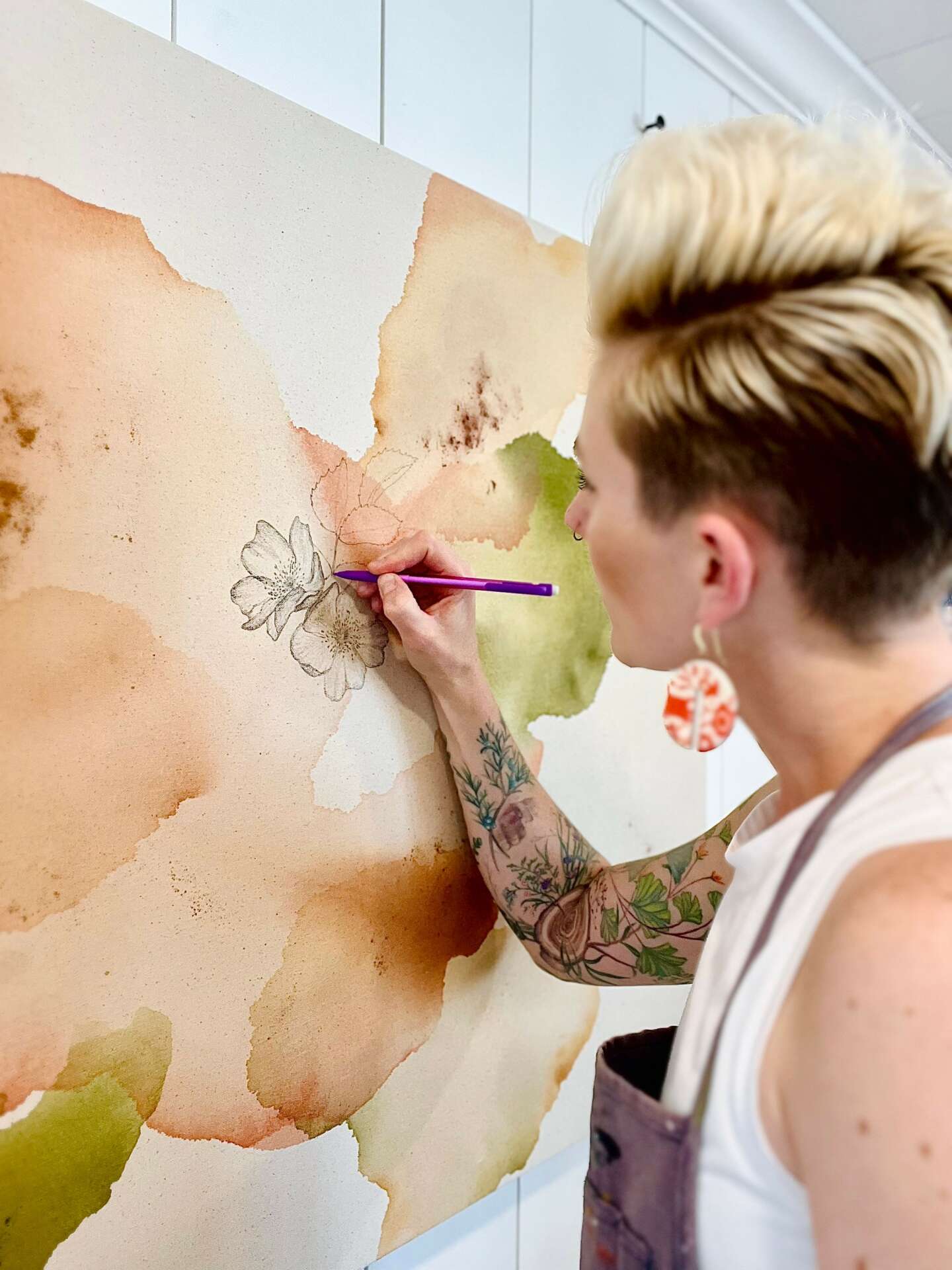
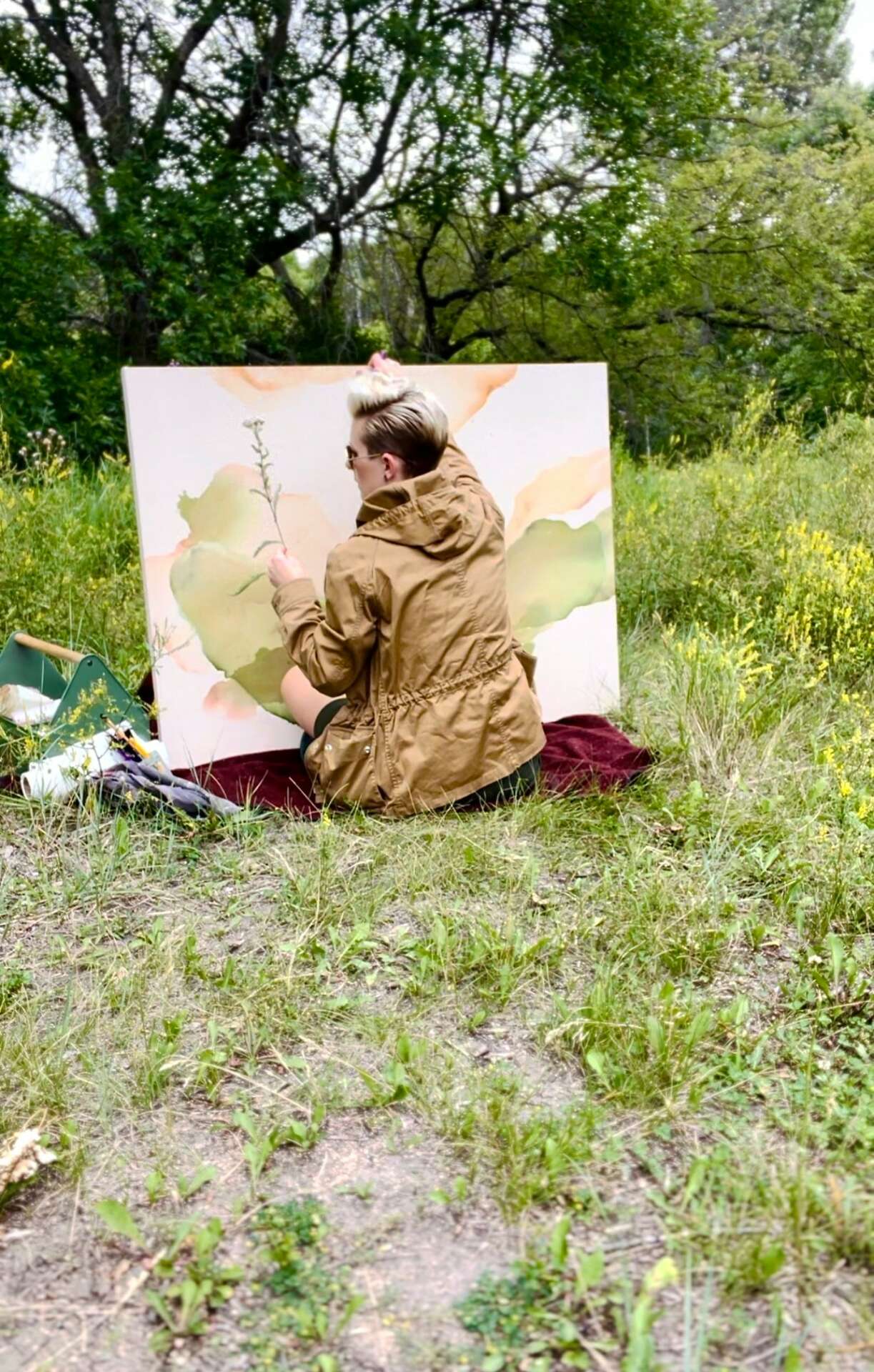
Is there something you think non-creatives will struggle to understand about your journey as a creative?
I’m one of those folks who says, “there’s a book for that.” I keep coming up with book references! Two more books come to mind that really helped shape my creative practice: “The Creative Habit” by Twyla Tharpe and “The Artist Way” by Julia Cameron. In “The Artist Way,” I realized that all my life I’ve been geared to create things. When I am not able to create for a while, I get antsy, almost angry. She talks about blocked creatives being the folks who want to create but are stuck believing they can’t/shouldn’t for any variety of reasons. I had been trying to keep my creative flame alive doing some art journaling or a small painting of some kind every other weekend. About 7.5 years into my FNP career, I was sitting in my clinic office feeling like a volcano about to blow if I didn’t start creating. I tried not to erupt on everyone around me. I came across an art print recently that said “Sometimes only fire can germinate a seed.” I’d been a big supporter of local artists and art museums, and that little voice would say, “What about me and my work?” It’s interesting how life shifts when you say yes to a (mostly) full time creative practice. I still juggle raising three sons, about 25 houseplants, time with Matthew, and our Aussiedoodle that demands all our attention. The other big thing Julie discusses: everyone is creative. It’s part of being human. The daily choices we make–what we wear, how we decorate, our communications–it’s all creative. Creativity is not just reserved for ‘real’ artists/writers/musicians etc. It’s just something that needs nurturing and practice.
Twyla’s book was helpful for me to understand the psychology of creative flow. I figured out the times of day, media, places, and even things to drink that help me get into the ‘creative groove.’ The point is: everyone’s practice is different, dictated by preferences, seasons, times of day, health, sleep quality, hydration, etc. For folks whose creativity is their bread and butter, it’s important to learn those things and take care of yourself–so you can keep going. Ruts are inevitable, and usually mean we need a break/switch things up. In the long arc of our creative lives, we inspire each other, and nothing is completely original. What matters is making things that spark us all alive.
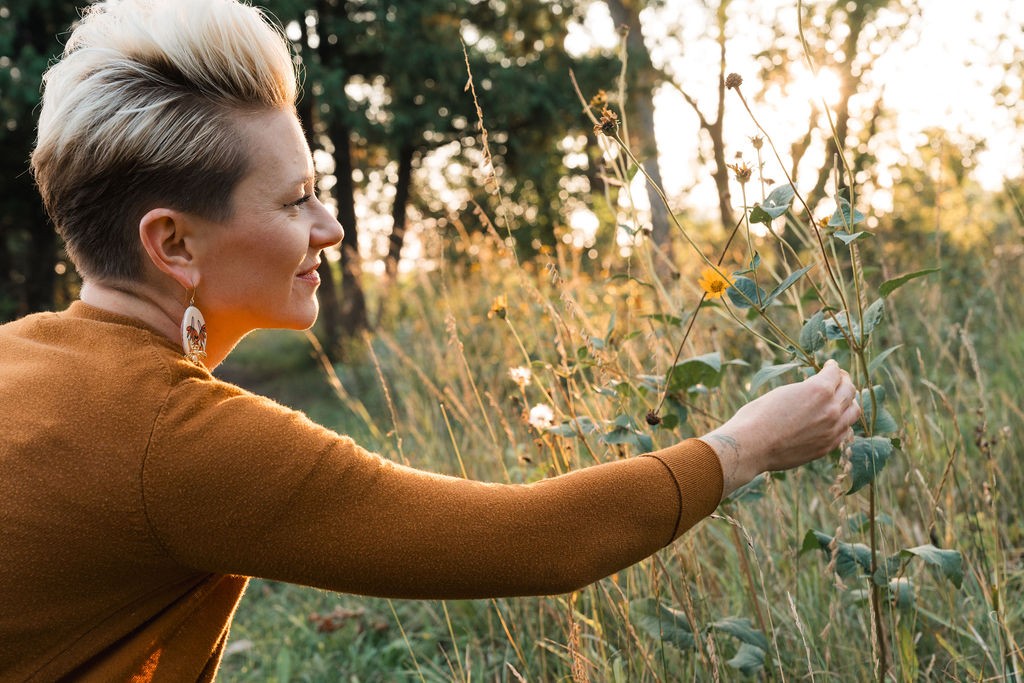
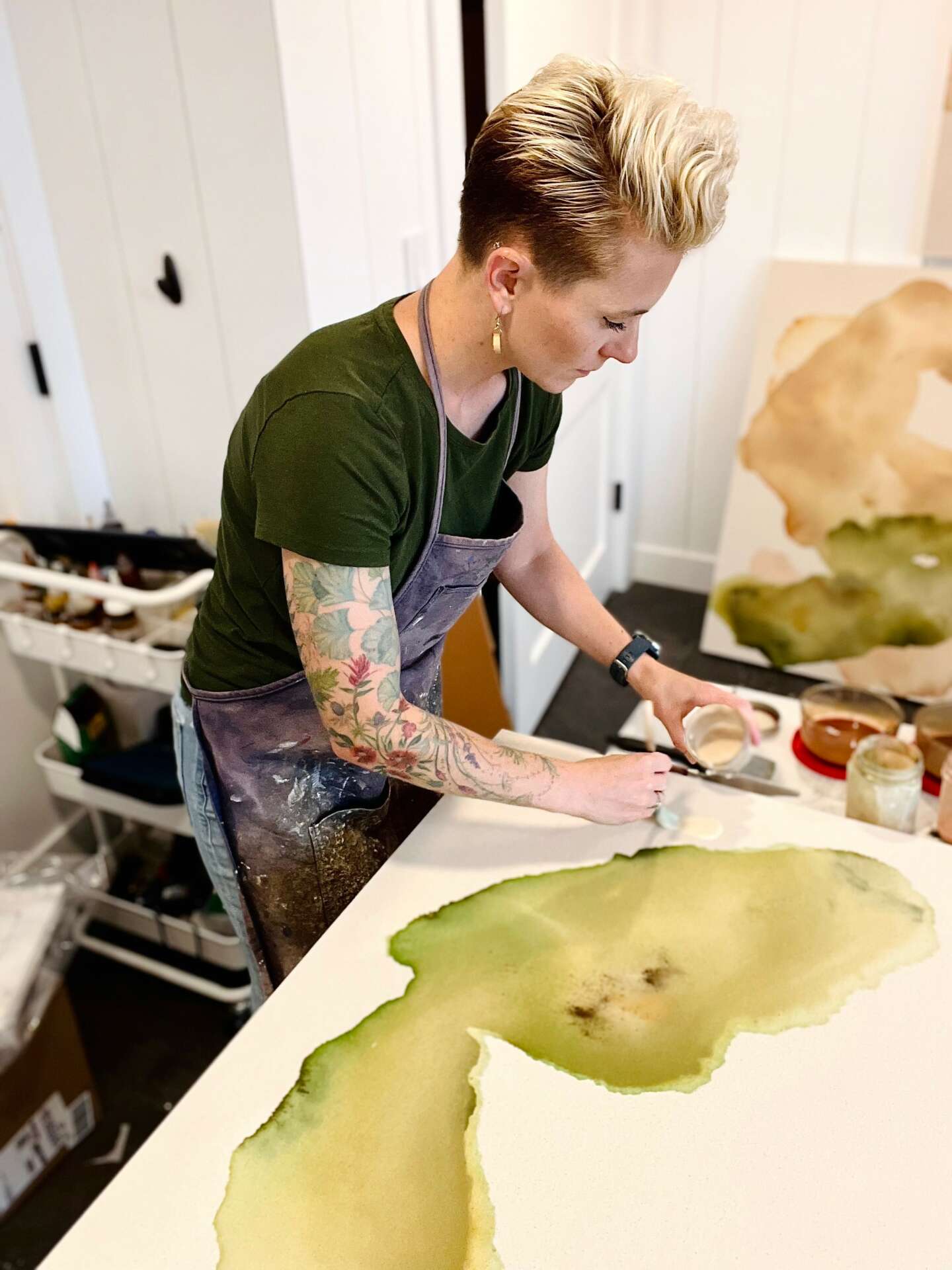
What can society do to ensure an environment that’s helpful to artists and creatives?
It’s bold: nurture your *own* creativity, and if you have children, nurture theirs, too. When we nurture our own creativity, like exercise, we get stronger and more resilient, and the best part: we start noticing and supporting others’. When we take an interest in something, i.e. take a ceramics class even though we know zero about ceramics, we start to appreciate and notice other ceramicists. We might find out we really don’t like ceramics, but that’s important too–to discover what we like and don’t like! I want to balance that with the need for growth mindset (‘I’m not good at this now, but I like/love it enough to keep up with it and get better with practice.’).
So take a class. Paint with your kids. Write a poem. Cook a new recipe. Get dirty and make some mudpies. Play some GarageBand. Engineer a cardboard castle. Whatever the thing is, it will get you making things, and making things brings us back to our core. I really believe this is the way to support a thriving creative ecosystem.
In supporting artists and creatives specifically who make a living with what they do, all of the ‘Small Business Saturday’ strategies apply: follow them on social media, find out what they do, visit their studio, invest in their work, sign up for their newsletter, share about something you purchased to a friend/family, give a review, and gift handmade things if you can!
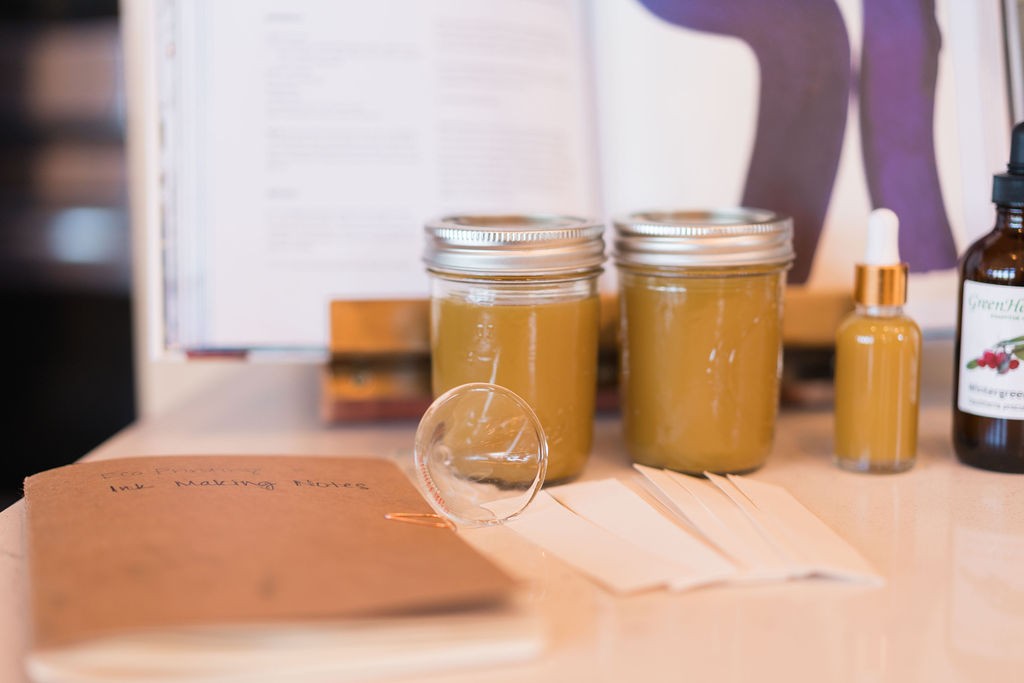
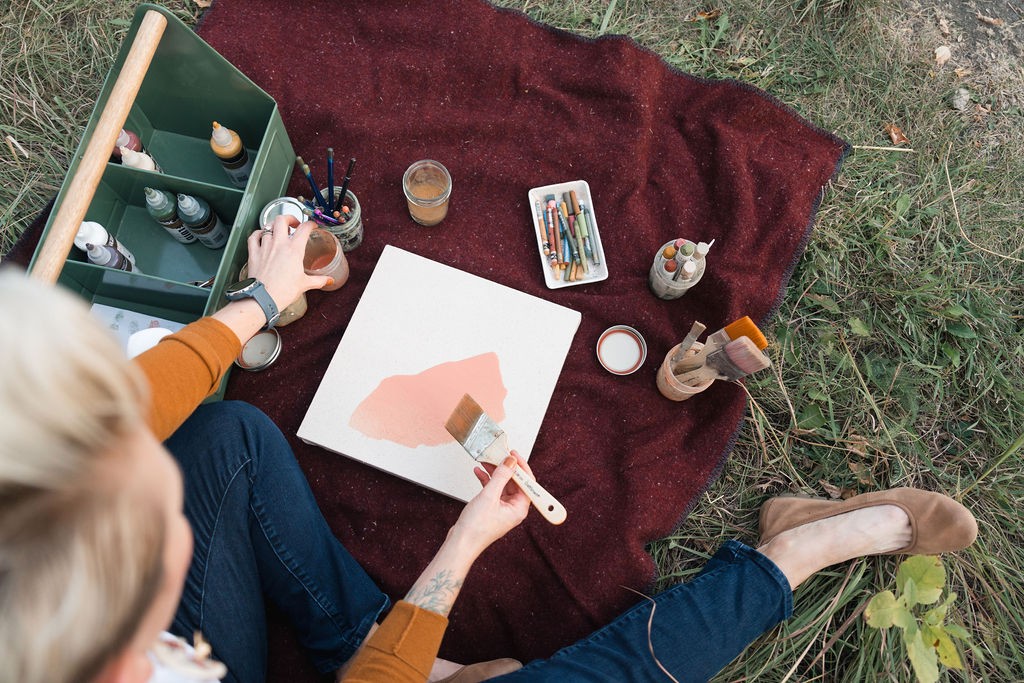
Contact Info:
- Website: https://www.aliciahauffstudio.com
- Instagram: https://www.instagram.com/aliciahauffstudio/
Image Credits
Some of the photos were taken by Britta Trygstad, of Britta the Photographer.


